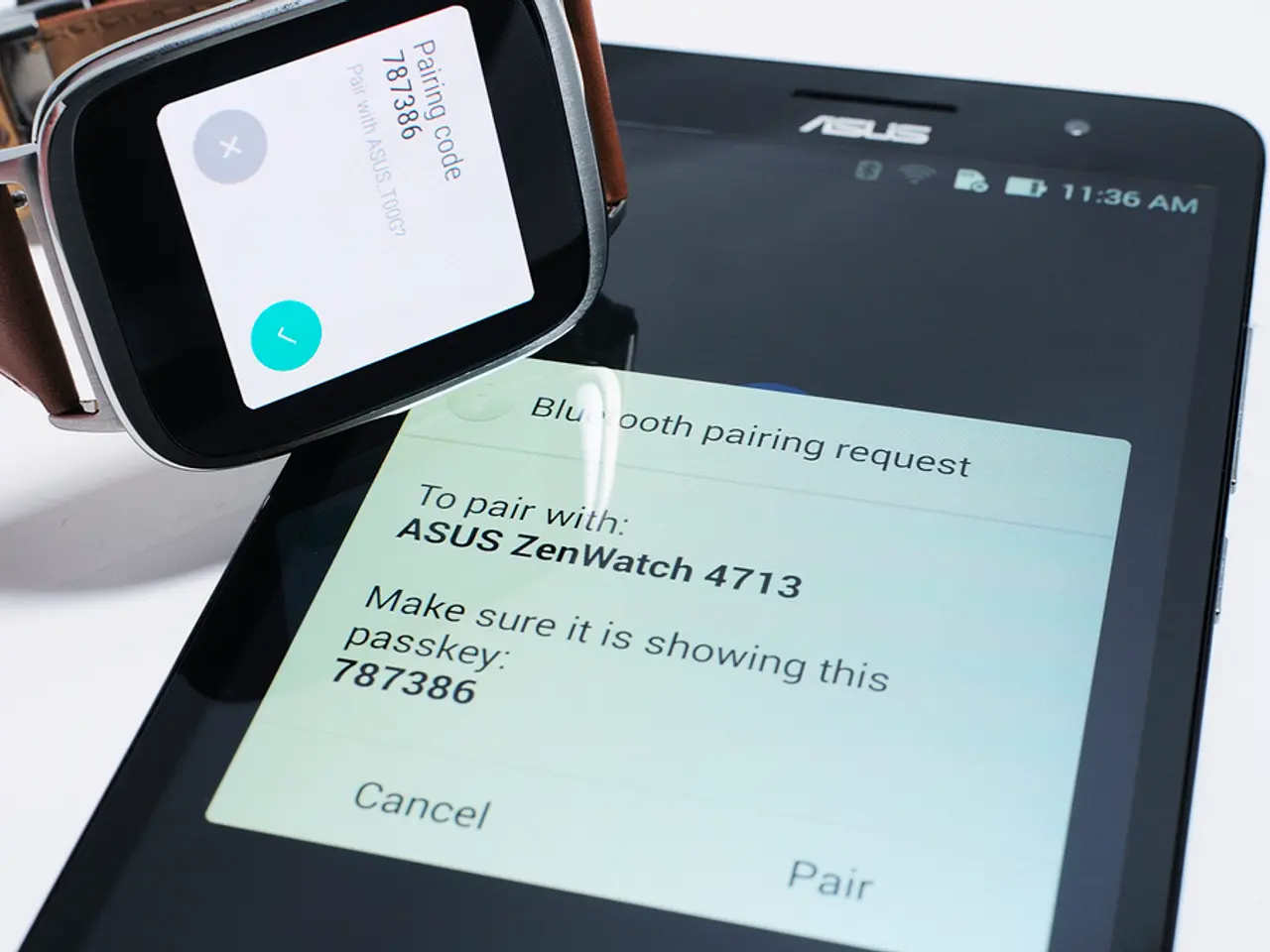Essential Facts About Purchasing a Tablet for Educational Purposes
=====================================================================
When it comes to selecting the perfect tablet for school, there are several key factors to consider. This guide aims to help you make an informed decision based on display size and resolution, processing speed, storage capacity, connectivity options, and cost.
Display size and resolution
A screen size of around 10 to 12 inches provides a good balance between portability and ample space for reading and writing. A resolution of at least 1920 x 1200 pixels ensures crisp text and clear visuals, ideal for note-taking, video streaming, and detailed educational content. Higher resolution screens, such as 2560 x 1600 or beyond, offer enhanced clarity but may impact battery life and increase cost.
Speed (Processor and RAM)
A fast and efficient processor is crucial for smooth multitasking, app performance, and responsiveness during online classes or note-taking. At least 4GB of RAM is advisable for general school tasks, with more required for demanding apps or heavy multitasking.
Storage
Adequate internal storage is essential for apps, documents, lectures, and multimedia content. A minimum of 64GB is recommended; expandable storage via microSD card slots is a plus for additional flexibility.
Connectivity
Reliable Wi-Fi is vital, but cellular connectivity (4G/5G) can be important for students without stable Wi-Fi access. Additional ports such as USB-C or HDMI may be useful for connecting to external displays or peripherals.
Cost
Balancing features with affordability is crucial, especially for students. Budget-friendly tablets like the Redmi Pad 2 or Amazon Fire HD 10 offer good basic performance, while models like the Apple iPad 11-inch provide superior performance at a higher cost.
Additional considerations
Other essential factors include battery life (needed to last through school hours without frequent charging), stylus support for note-taking and annotations, software compatibility with educational apps, and security features like biometric authentication to protect data. Front and rear cameras around 12MP or higher are helpful for video conferencing and document capture.
In summary, prioritize a 10-12 inch high-resolution display, sufficient speed (4GB+ RAM), at least 64GB storage, Wi-Fi (and optionally cellular), strong battery life, and a cost-effective option suited to your budget for the best school-use tablet.
Resolution, colours, HDR support, and refresh rates are important factors to consider for screen quality. The operating system of a tablet can determine how well it works with school systems and the apps that can be used easily. Keep in mind that higher-end tablets may have limits for super serious tasks.
Most tablets work with any Bluetooth keyboard, making them versatile for various school needs. This guide aims to help you choose the best tablet for your school requirements, considering various factors. Happy tablet shopping!
- For digital learning in school, a 10-12 inch high-resolution display provides an optimal balance between portability and space for reading and writing.
- A tablet with a resolution of at least 1920 x 1200 pixels ensures crisp text and clear visuals, suitable for interactive educational content and video streaming.
- A fast and efficient processor, supplemented by at least 4GB of RAM, ensures smooth multitasking during online classes, note-taking, and running educational apps.
- Adequate internal storage, such as 64GB or more, is essential for storing apps, documents, lectures, and multimedia content, while expandable storage via microSD card slots is beneficial for additional flexibility.
- A reliable tablet for school should have good connectivity options, including Wi-Fi (with cellular connectivity as an additional advantage) and USB-C or HDMI ports for connecting to external displays or peripherals.
- School-use tablets like Chromebooks, iPads, or laptops, paired with gadgets like styluses and Bluetooth keyboards, can enhance student learning experiences by offering an interactive and versatile educational platform.




